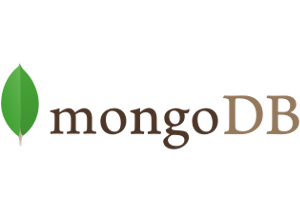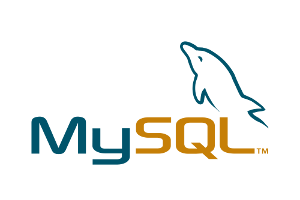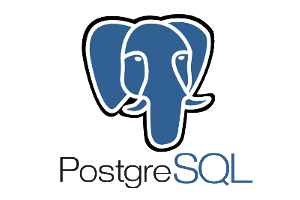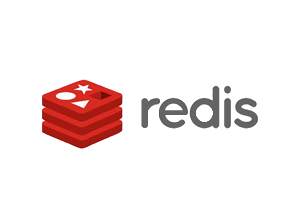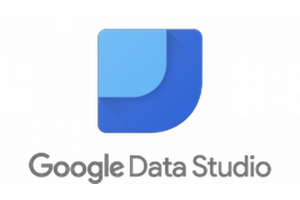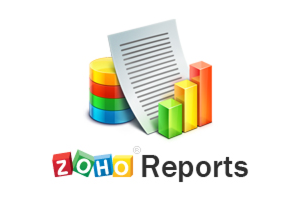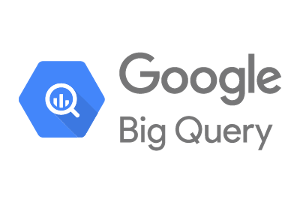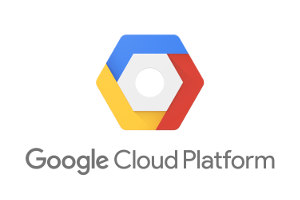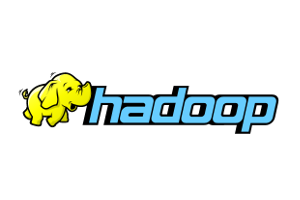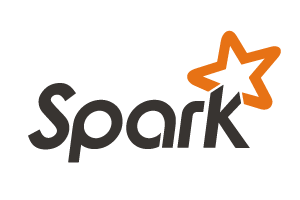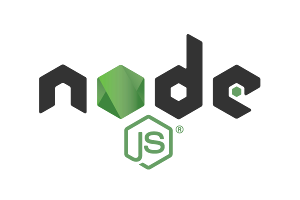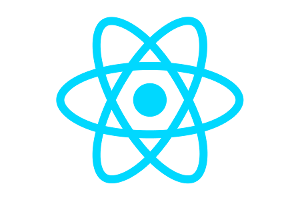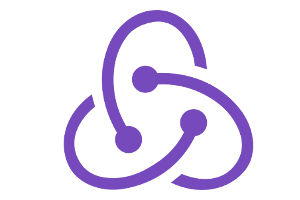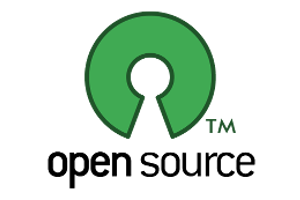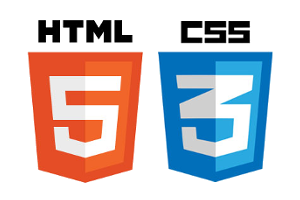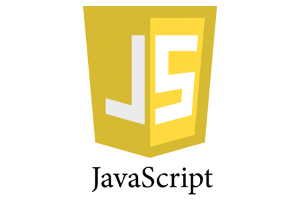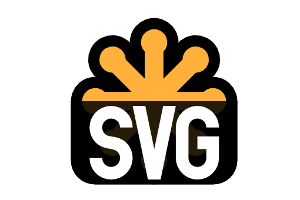
What does it consist of?
We talk about Big Data when it is necessary to go beyond traditional Business Intelligence because the management of large amounts of information, structured and unstructured, internal and external, requires more powerful and scalable storage and processing technologies.
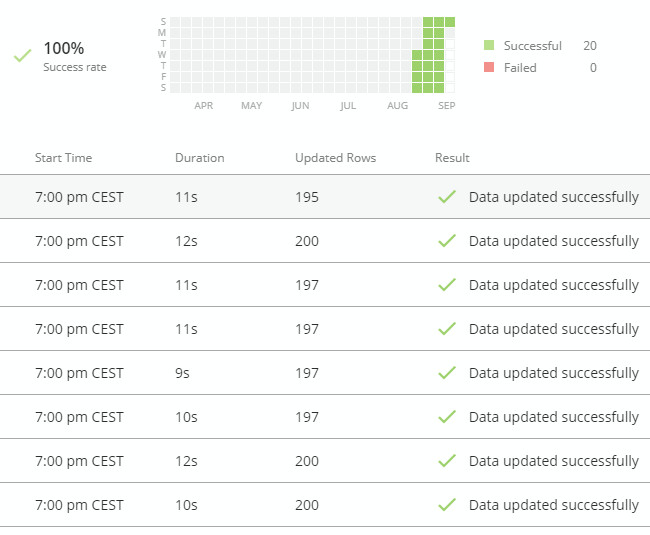
How I use it?
We evolve a Central Data Warehouse to a Data Lake, prioritizing ingestion speeds and data processing to show high value analytical results. We provide you with the latest scalable and flexible Cloud technologies.

What benefits do I get?
A lot of possible benefits, depending on the application and applied approach. Knowing customers better than themselves, developing new products and services, analyzing risks, adjusting business processes in real time, reducing maintenance costs, knowing the whole company globally, etc.
1. Descriptive analytics
Analysis of historical data collections, visualizing them in a way that can help to understand the current and past state of the business. It tells us how the business has worked so far and allows you to detect produced but not known facts, visualize the evolution of business metrics, identify problems or calculate KPIs that summarize the state of the business.
2. Predictive analytics
Using predictive tools we can estimate unknown data, uncertain data or data that require manual processing to be obtained. The results allow to improve the business decisions and allow for example to anticipate to customer needs, detection of fraud, to discover homogenous groupings of clients, etc.
For this purpose we use statistical models which add estimated data to the already known data. Some of the techniques used are Automatic Classification of Information, Prediction by Mathematical Regression, and Segmentation of Hidden Interest Groups.
3. Prescriptive analysis
It assumes the highest level of analytics and exploits the previous levels along with operational optimization strategies to tell us which business actions will provide the best results. Through the prescriptive analysis we can obtain automated recommendations on the ideal moment to execute orders, maintenance, or other quantifiable business operations. With prescriptive analytics we can know what we must do to optimize our business.
We call you
Just leave us your data and we will contact you shortly.


